
In this guide, we’ll define what a story map is, look at a practical example, and provide a step-by-step guide and template to help you create your own story map.

The fundamental value of low-code/no-code platforms is expanding the delivery power of a niche workforce — aka engineers — to everyone.
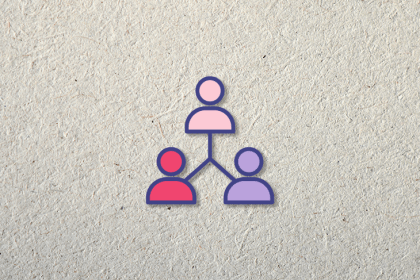
Learn everything you need to know about the product owner role, including the responsibilities and job description, characteristics of a good PO, and common antipatterns.
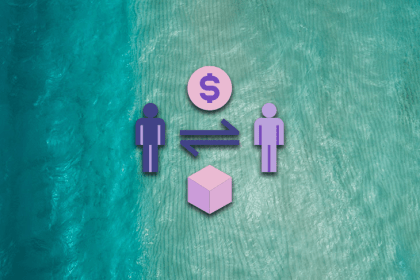
If you have the right combination of core and accessory products, a captive product pricing strategy can be a great tool.
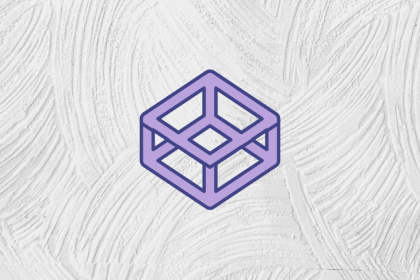
In this guide, we’ll compare the three most popular agile frameworks (besides scrum): scrumban, iterative development, and lean development.
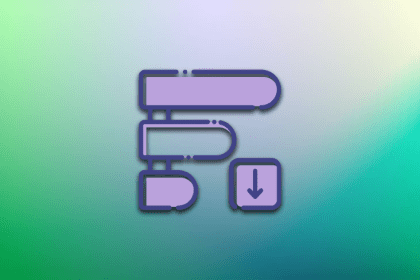
For any product team, the top-down and bottom-up approaches are crucial strategies to process information and make better product decisions.

Continuous discovery is all about ditching dedicated research projects and making them a permanent part of your team’s workflow.

By having a team charter, teams can have more focus and direction. It clearly spells out what the team will and won’t be working on.
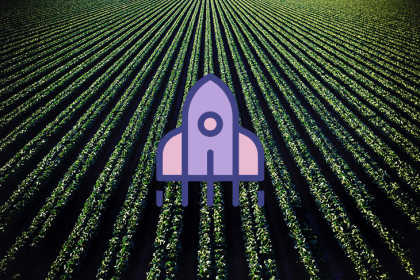
“Economies of scale” is an old concepts that the unadvised might shrug to, but in reality economies of scale are the backbone of product management.

Scrum boards are an important elements of the software development process. They can help a PM and the engineering team deliver impactful products faster.

Value chain analysis helps find a company’s competitive advantage and increase profits. Each product phase is important for the analysis, from beginning to end.

Testing assumptions is one of your most important responsibilities as a PM. It’s also one of the most ambiguous. Using an assumption map can help make validating your assumptions more tangible.